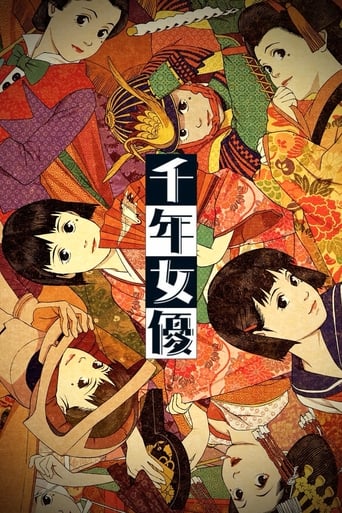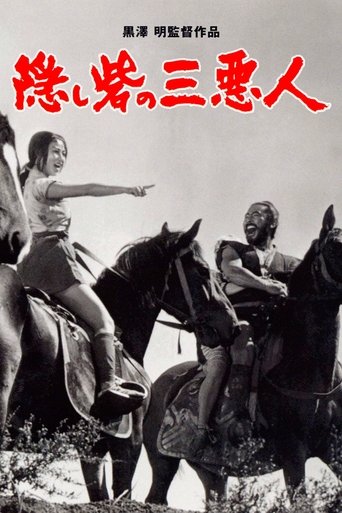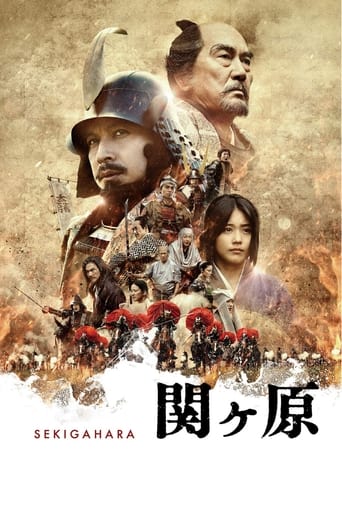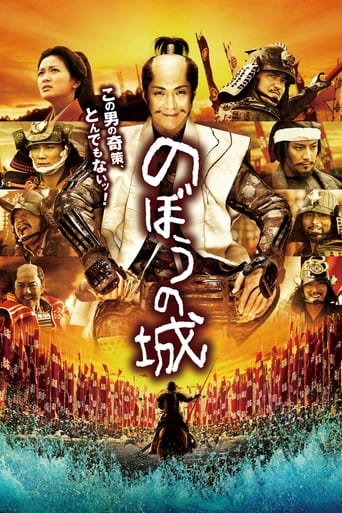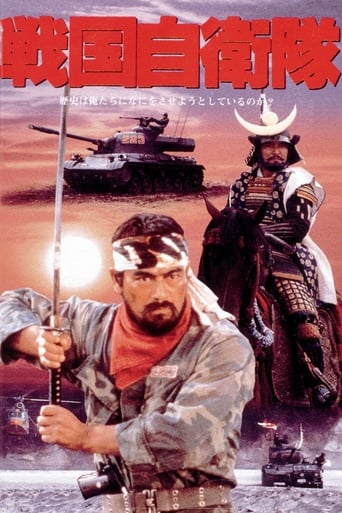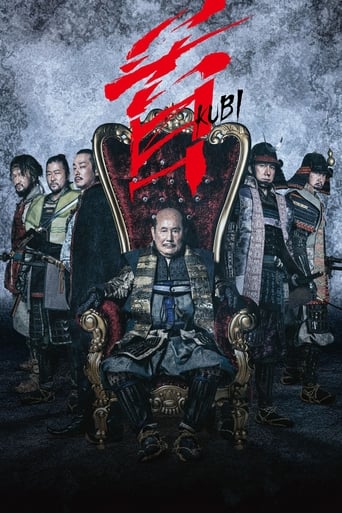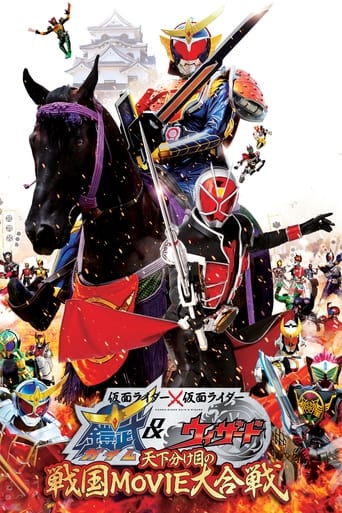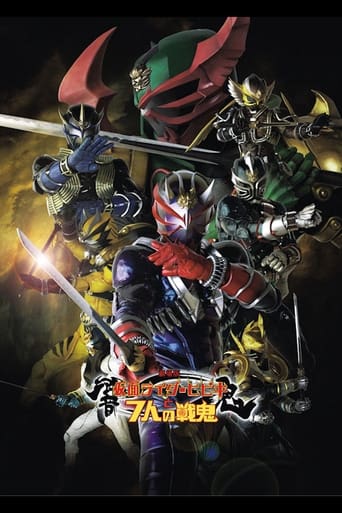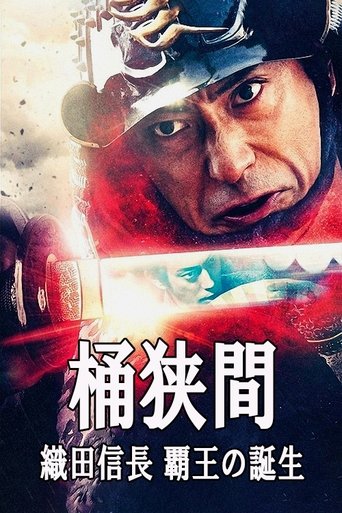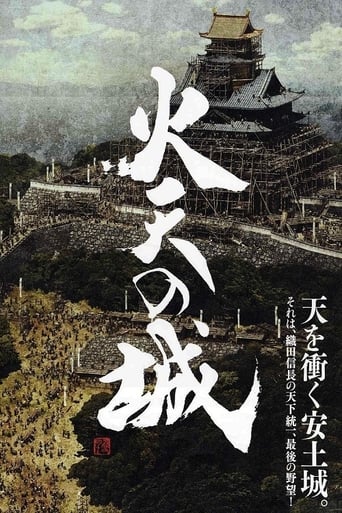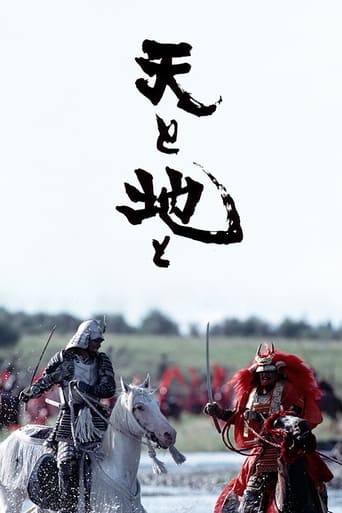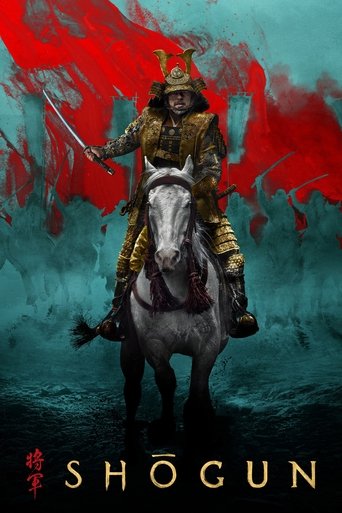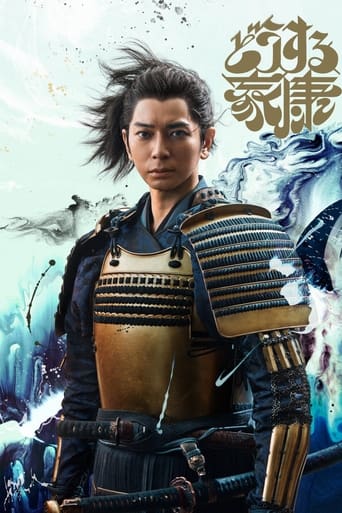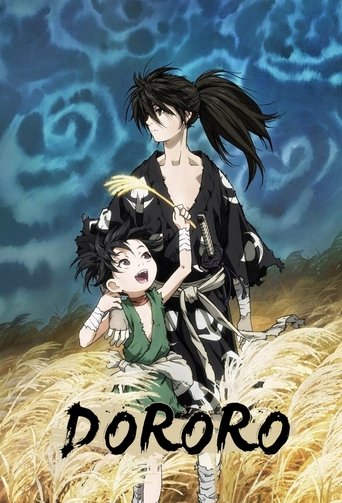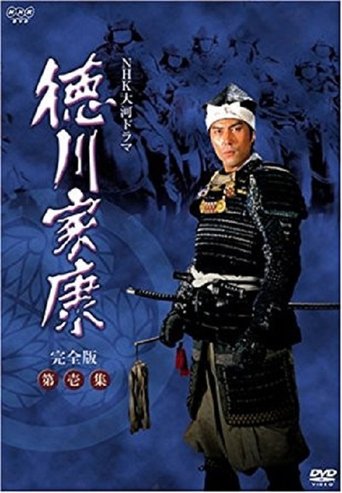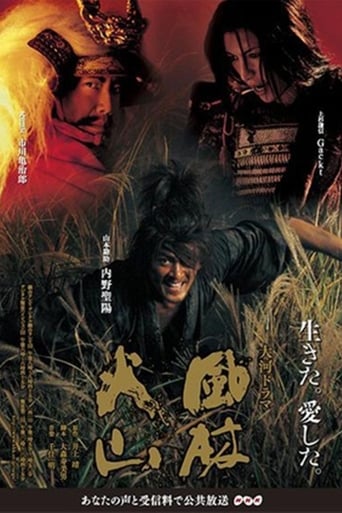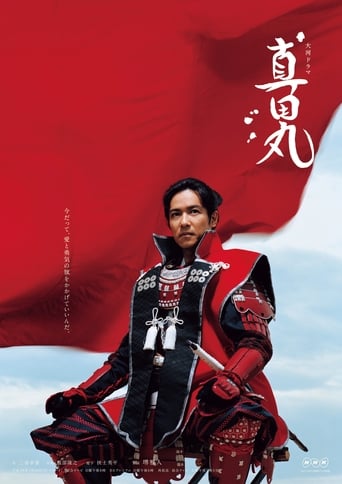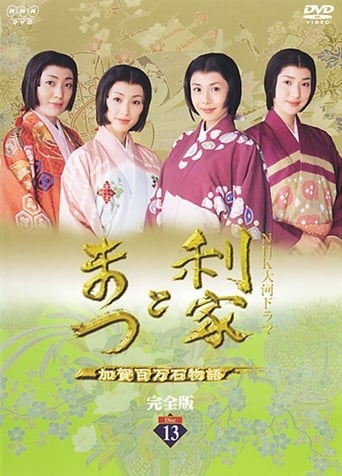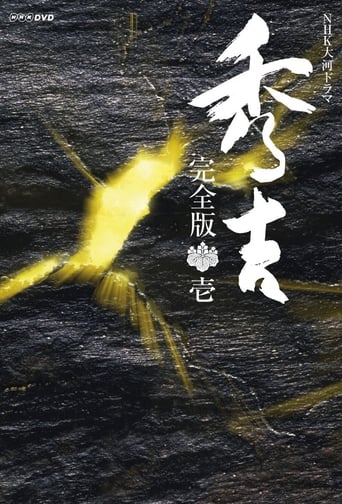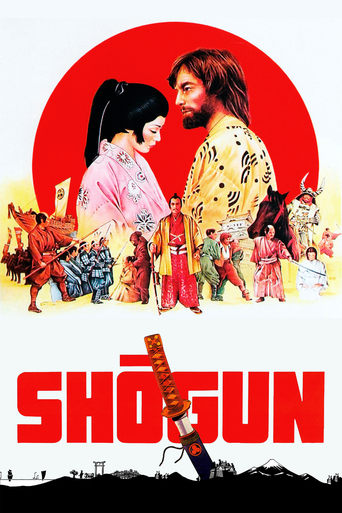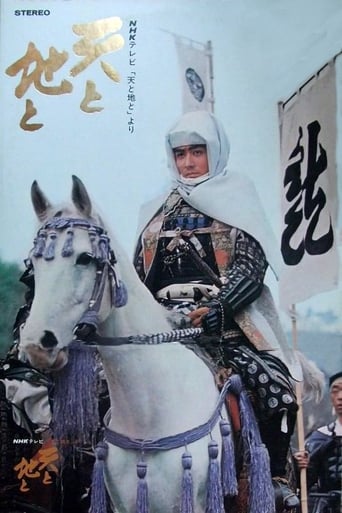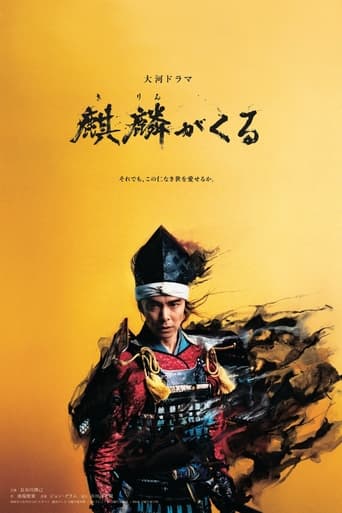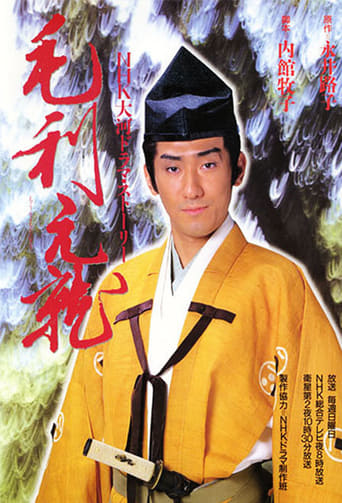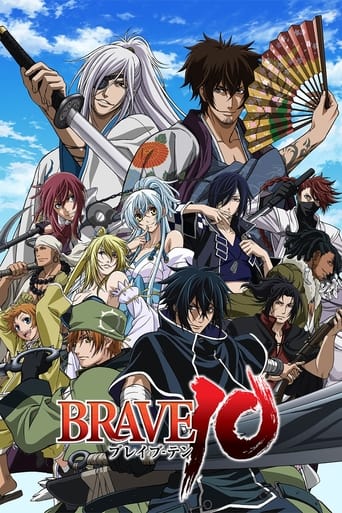Λέξη-κλειδί Sengoku Period
ストレンヂア -無皇刃譚- 2007
Το Μυστικό Φρούριο 1958
Στη φεουδαρχική Ιαπωνία, κατά τη διάρκεια ενός αιματηρού πολέμου μεταξύ φυλών, δύο δειλοί και άπληστοι χωρικοί, στρατιώτες ενός ηττημένου στρατού, πέφτουν πάνω σε έναν μυστηριώδη άνδρα που τους οδηγεί σε ένα φρούριο κρυμμένο στα βουνά.
Ονιμπάμπα 1964
Μια γυναίκα έχει χάσει το γιο της στον πόλεμο και ζει στην ερημιά μαζί με τη νύφη της. Για να επιβιώσουν παρασύρουν στο θάνατο περαστικούς σαμουράι και πουλούν τα όπλα τους. Όταν ένας συμπολεμιστής του γιου εμφανίζεται και διεκδικεί τη νύφη, η μάνα αποφασίζει να την τρομοκρατήσει, μεταμφιεζόμενη σε δαίμονα.
Ο Θρόνος του Αίματος 1957
Στην Ιαπωνία του 16ου αιώνα, ένας στρατιωτικός δολοφονεί τον τοπικό άρχοντα, παρακινούμενος από την προφητεία μιας μάγισσας και ανεβαίνει στο θρόνο. Εστεμμένος πλέον, ανοίγει έναν κύκλο αίματος προκειμένου να κρατηθεί στην εξουσία. Η απληστία τον τυφλώνει, τα εγκλήματα συνεχίζονται για τη διατήρηση της εξουσίας, χωρίς όμως ο ήρωας να συνειδητοποιεί ότι απεργάζεται την αυτοκαταστροφή του.
Καγκεμούσα: Ο Ίσκιος του Πολεμιστή 1980
Ο άρχοντας πεθαίνει κι ενώ η χώρα βρίσκεται σε εμφύλιο. Οι σύμβουλοι του βρίσκουν έναν φτωχό κλέφτη που είναι ολόιδιος με τον νεκρό άρχοντα και τον βάζουν να τον παραστήσει. Με τα χρόνια, ο Καγκεμούσα θα γίνει ένα με το πνεύμα του νεκρού άρχοντα.
Ουγκέτσου Μονογκατάρι 1953
Στην Ιαπωνία του 16ου αιώνα, δύο φιλόδοξοι αγρότες επιθυμούν να αλλάξουν την τύχη τους. Ο αγγειοπλάστης Genjuro αποφασίζει να πάει στο Κιότο και να πουλήσει τα εμπορεύματά του, ενώ ο γαμπρός του Tobei αποφασίζει να γίνει Σαμουράι. Εξαιτίας του εμφυλίου πολέμου, το χωριό τους σύντομα καταστρέφεται από τους επιδρομικούς στρατούς και ο Genjuro επιζεί ως εκ θαύματος. Και οι δύο παίρνουν τις γυναίκες τους και κατευθύνονται προς την πόλη. Στη συνέχεια, ο Genjuro στέλνει τη σύζυγό του πίσω στο σπίτι, και της υπόσχεται πως θα επιστρέψει σύντομα, ενώ ο Tobei, εγκαταλείπει τη σύζυγό του για να γίνει Σαμουράι. Εν τω μεταξύ, μια πλούσια ευγενής γυναίκα, η λαίδη Wakasa, δείχνει ενδιαφέρον για τα προϊόντα του Genjuro, και τον προσκαλεί στο μέγαρό της.
関ヶ原 2017
のぼうの城 2012
首 2023
戦国自衛隊1549 2005
信長協奏曲 2016
劇場版 仮面ライダー響鬼と7人の戦鬼 2005
桶狭間~織田信長 覇王の誕生~ 2021
ブレイブ -群青戦記- 2021
火天の城 2009
天と地と 1990
Shōgun 2024
In Japan in the year 1600, at the dawn of a century-defining civil war, Lord Yoshii Toranaga is fighting for his life as his enemies on the Council of Regents unite against him, when a mysterious European ship is found marooned in a nearby fishing village.
Ninja Girl & Samurai Master 2016
The anime centers on a young female ninja named Chidori, whose dream is to help the Warring States-era warlord Oda Nobunaga to achieve his goals.
What Will You Do, Ieyasu? 2023
The drama series depicts the life of Tokugawa Ieyasu (January 31, 1543 – June 1, 1616). Takechiyo (who later becomes Tokugawa Ieyasu) was born as the son of a poor and powerless daimyo. Takechiyo lost his father during a war. He grew up lonely and away from his mother. Takechiyo didn't have a clue about what his future would hold. He then has a dramatic meeting with the young Oda Nobunaga.
Dororo 2019
A samurai lord has bartered away his newborn son's organs to forty-eight demons in exchange for dominance on the battlefield. Yet, the abandoned infant survives thanks to a medicine man who equips him with primitive prosthetics—lethal ones with which the wronged son will use to hunt down the multitude of demons to reclaim his body one piece at a time, before confronting his father. On his journeys the young hero encounters an orphan who claims to be the greatest thief in Japan.
Tokugawa Ieyasu 1983
The story chronicles the life of Tokugawa Ieyasu.
Samurai Banners 2007
Fūrin Kazan was the 46th NHK Taiga drama beginning on January 7, 2007. It was aired throughout 2007. The four characters from left to right are wind, woods, fire, and mountain. The title is a reference to the war banner used by Takeda Shingen, which in turn was taken from Sun Tzu's The Art of War. It means "Swift as the Wind, Silent as a Forest, Fierce as Fire and Immovable as a Mountain."
Sanadamaru 2016
Spanning over 50 episodes, we follow the historical fiction of the Sanada clansmen as they plotted and fought their ways to survive the changing political alliances during the Warring States Period of Japan.
Toshiie and Matsu 2002
The 41st NHK Taiga Drama is Toshiie to Matsu. During the turbulent Warring States Era, one man's life and career intertwined with the three great generals of Japanese history-Nobunaga, Hideyoshi, and Ieyasu. With political savvy and the support of his fiercely loyal wife, Maeda Toshiie rose to second in power in the shogunate and built up a fiefdom that encompassed Echizen, Noto and Kaga.
Hideyoshi 1996
A dramatized biography of the second of Japan's three legendary leaders. Rising from obscurity, Hideyoshi served under the command of Oda Nobunaga. With an extraordinary combination of intelligence, bravery and military skill, Hideyoshi rose to near-absolute power and greatly expanded upon Nobunaga's unification of Japan's warlords. This series also focused on Hideyoshi's personal life, particularly his relationships with his mother and his wife, and the pair's rivalry for influence over him.
Shōgun 1980
An English navigator becomes both a player and pawn in complex political games in feudal Japan.
Heaven and Earth 1969
The story chronicles the life of Nagao Kagetora.
Masamune Shogun 1987
Broadcast TV drama NHK broadcast on January 4 to December 13, 1987 (Showa 62). In the questionnaire survey conducted by NHK, it is shining in the most favorite river drama. The original is Yamaka Sosaichi's novel "Date Masamune", the biggest drama on the theme of the Date house was the first time in 17 years since the "Shinnogi remained" (1970), which painted Datejo in the Edo period. It depicts the life of Matsudo Date of Sengoku warrior · Date Masamune who built the foundation of Sendai clan 620,000 stones in his generation as a result of my own wisdom and talent.
Awaiting Kirin 2020
After the Onin War, the world is plunged into chaos. Amid this situation, heroes of the warring states begin to emerge in an attempt to unify the country and rule in these turbulent times. In the mid-1540s, there is a young wandering samurai in Mino which is strategically located between the East and West. His name is Akechi Mitsuhide. At this time, there is plenty of internal strife within the Toki clan which rules Mino. Surrounded by the Oda of Owari, the Imagawa of Suruga and the Asakura of Echizen, Mino has constantly faced the risk of invasion. Mitsuhide is pulled into battle and destroys the enemy. His bravery as well as stratagem catches the attention of Saito Toshimasa, the chief retainer of the Toki clan, and he is singled out. This man who is also known as Saito Dosan will go on to takeover the Toki and make Mino his own.
Princess Go 2011
Princess Go was the youngest of the most famous three sisters in Japanese history, who each led a remarkable life in an age of turmoil and civil war. Go loses her parents in the war, marries three times, and feuds with her own sister in competing for power. Go's husband becomes the second Tokugawa Shogun and she ensures her prominence as she gives birth to a son who later becomes the third Shogun and a daughter, a wife of the Emperor. The drama describes the age of the civil war through the eyes of Princess Go, who plays a significant part in establishing the age of peace that lasts over 200 years in Japan.
Hyouge Mono 2011
Sasuke Furuta is a vassal of the great warlord Nobunaga Oda and a man obsessed with tea ceremony and material desires in his pursuit of a fortuitous life. Having learned from Nobunaga and the legendary tea master Soueki Senne, Sasuke walks the way of the Hyouge Mono.
Mouri Motonari 1997
The 36th NHK Taiga Drama is Mori Motonari. This series chronicles the life of Mori Motonari, a warlord of the early 1500s who stood at the vanguard of the Warring States era. All Japanese school textbooks contain the Mitsuya no kyokun, Mori's famous lesson to his three sons that teaches that while one arrow is easily broken, three arrows together cannot be broken. In 1997, 500 years after his birth, NHK dramatizes Motonari's rise from a chief of the region of Aki (now Hiroshima) to a daimyo who rules over ten provinces of the Chugoku region. Motonari was 64 years old and already the patriarch of a powerful dynasty about the time Oda Nobunaga and Takeda Shingen appeared on the scene. And even after his death, the Mori family figured prominently in Japanese history. His grandson Terumoto became a loyal Toyotomi vassal. Defeated at the Battle of Sekigahara, Ieyasu confiscated most of his lands, leaving him only with Suwo and Nagato, later known as Choshu. But 260 years later, the Mori got their ultimate revenge, leading the imperial forces against the Tokugawa in the Meiji Restoration.
Battle Spirits: Burning Soul 2015
In the near future, a battle card game called "Battle Spirits" has gained enormous popularity. Players of the game--known as "Battlers"--start battles everywhere using their color-coded cards with different attributes, creating a "Warring States Period" for the game.
Brave 10 2012
Brave 10 is a manga series by Kairi Shimotsuki, serialized in Media Factory's Comic Flapper from 2007 to 2010. The series was resumed on June 15, 2011 and retitled Brave 10 Spiral, better known as Brave 10 S, serialized in Monthly Comic Gene. An anime adaptation by Studio Sakimakura and TMS Entertainment began airing on January 8, 2012. The original manga series is licensed by Tokyopop, though no volumes have been released as of 2012. The series is based on the legendary Sanada Ten Braves, a group of ninja that assisted warlord Sanada Yukimura during the Sengoku period of Japan. The series had been licensed for streaming on Crunchyroll.
Nobunaga Concerto 2014
Saburo is a high school student good in sports, but not very good with his studies. One day, Saburo travels back in time and arrives in the Sengoku period of 1549. There, Saburo meets Nobunaga Oda who looks and sounds just like Saburo. Nobunaga Oda is the son of a warlord and magistrate of the lower Owari Province. Nobunaga Oda, though, is physically weak, and he asks Saburo to take his place. Then, Saburo as Nobunaga Oda attempts to unify the country of Japan.
Nobunaga Concerto 2014
Saburo is a high school student good in sports, but not very good with his studies. One day, Saburo travels back in time and arrives in the Sengoku period of 1549. There, Saburo meets Nobunaga Oda who looks and sounds just like Saburo. Nobunaga Oda is the son of a warlord and magistrate of the lower Owari Province. Nobunaga Oda though is physically weak and he asks Saburo to take his place. Then, Saburo as Nobunaga Oda attempts to unify the country of Japan.
